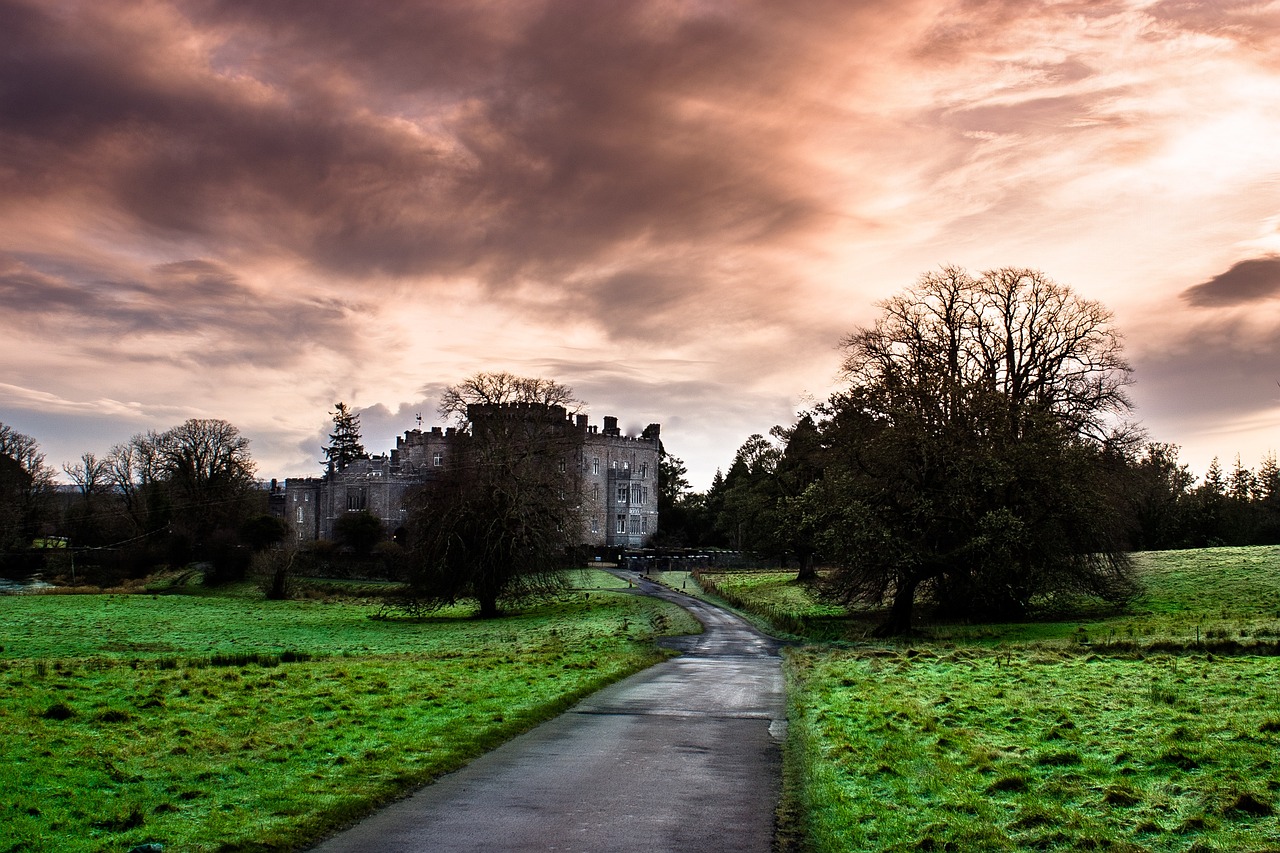The Divine Exiles of Celtic Mythology
Despite the remarkable victories mortals achieved over the gods in Celtic lore, the deities were far from entirely subjugated. Although the goddess Danu’s followers suffered defeat, they retained their supernatural powers, enabling them to either aid or sabotage mortals. According to the Book of Leinster, the Dagda, a significant figure among these gods, wielded considerable influence over the descendants of Milé even after Ireland’s conquest, as he could ravage their crops and herds, forcing them to negotiate a peace accord with him. This treaty, albeit lost to time, seemingly stipulated that the displaced Tuatha Dé Danann ought to receive reverence and offerings from the succeeding mortal inhabitants. The Dinnsenchus of Mag Slecht notes that devotion to stone beings persisted until the arrival of Patrick of Macha.
Seeking New Abodes
Dispossessed of their earthly realm, the gods convened to determine their future. The assembly found itself split in opinion: one faction wished to forsake Ireland, seeking sanctuary on a mystical isle across the sea—a counterpart to the enchanted Avilion of British myth. This realm was depicted as a land devoid of harsh weather, filled with bliss and abundance, known variably as Tir Tairngiré (the Land of Promise), Mag Mell (the Plain of Happiness), Tir-nam-beo (the Land of the Living), Tir-nan-ōg (the Land of the Young), and Hy-Breasail (Breasal’s Island). Lore surrounding this realm remains vibrant in Celtic myth, often envisioned as a paradise visible only to those blessed with particular prowess, inviting seekers to gaze westward from the shores of Ireland or Scotland in hopes of glimpsing its glorious shores.
Among the minority of deities who chose to remain was Manannán, son of Lêr. Even after migrating to his new domain, he retained ties with Ireland, famously encountering Bran, a king, during a journey. Their meeting revealed the stark contrasts between their worlds, with Manannán showcasing a land flourishing with beauty and abundance, while Bran sailed across what appeared to him merely as turbulent seas.
Assigning New Residences
The majority of the divine assembly, however, opted to stay, prompting the Dagda to allocate homes to those who remained, known as sídhe—earthen mounds concealing passageways to radiant underworlds teeming with joy and grandeur. Among these sídhe were various mythical sites attributed to distinct gods, such as Sídh Fionnachaidh, Sídh Bodb, and Sídh Bri Leith, to name a few. These sacred locations, still recognized, connect to the ancient belief of the Tuatha Dé Danann’s continuity in Irish culture. From numerous accounts, the Dagda retained two grand sídhe near the River Boyne, with the renowned Brugh-na-Boyne remaining as a significant cultural landmark today.
The Gaelic gods subsequently came to be known as Aes Sídhe, which translates to “People of the Hills.” This nomenclature firmly rooted their cultural identity in the folk traditions of the peasantry, delineating the gods as guardians who dwell within the hills.
The Children of Lêr
The tale of the Children of Lêr unfolds against this backdrop. When Angus, son of the Dagda, returned and found that homes had been allocated, he cunningly requested to stay at Brugh-na-Boyne for merely a day and night. With a clever argument that focused on the philosophical concept of time, he managed to negotiate an eternal claim to the sídh, effectively inheriting the Dagda’s palace.
As the narrative progressed, a council of the remaining gods sought a new ruler, ultimately selecting Bodb the Red, despite some dissent from older deities like Mider and Lêr. Meanwhile, Angus, preoccupied with matters of the heart, found himself enchanted by a dream maiden, caressing his every thought throughout a year of longing. His pursuit led him through intricate quests to unite with her, culminating in a destined love story filled with transformation and magic.
An Envious Rivalry
While love thrived in Angus’s heart, the dynamics shifted as Lêr lost his wife and later sought companionship by remarrying Aebh. Aebh bore him four children: Finola, Aed, Fiachra, and Conn. However, her subsequent marriage left her envious of Lêr’s children, leading her to attempt to cast a spell that resulted in disaster, transforming the children into swans.
Despite her overpowering magic, Aebh could not erase their minds and hearts, dooming them to an existence grappling with their altered forms for centuries. They were to spend three hundred years on Lake Darvra, followed by the Sea of Moyle, and finally to their resting place on Irros Domnann. These episodes reflect their struggles and heartaches as they endured the hardships of exile.
Liberation through Faith
As generations passed, Saint Patrick’s arrival heralded a profound transformation, concluding the dominance of the gods. Ultimately, the swan children—after a rich history of suffering and sorrow—were liberated from Aebh’s curse through the intervention of faith. Baptized by Saint Caemhoc, they returned to their human forms, albeit aged and weary, marking the end of their long, poignant journey.
In weaving these stories, we traverse a rich tapestry that bridges the realms of the mortal and divine, portraying the complexities of existence, power, love, and loss within the enchanting narrative of the Tuatha Dé Danann.



